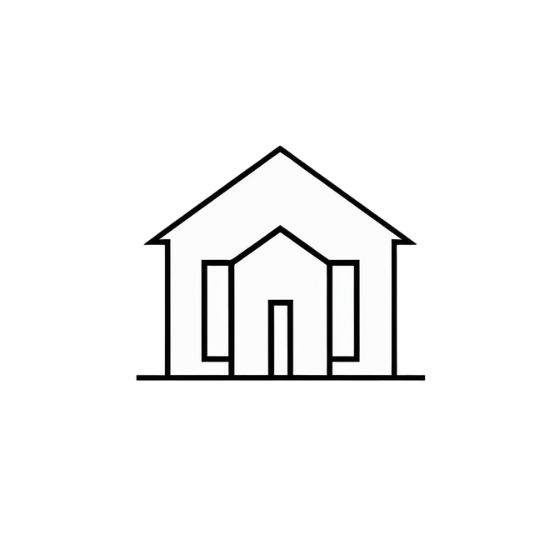Structural Drying & Dehumidification
Complete moisture removal using industrial-grade equipment and precise monitoring to prevent secondary damage and ensure thorough drying.

The Science of Structural Drying
Proper structural drying goes far beyond simply removing visible water. It's a precise scientific process that requires understanding how moisture behaves in different materials, how temperature and humidity affect evaporation rates, and how to create optimal conditions for complete moisture removal without causing additional damage to your property. Learn more about our complete range of water damage restoration services in Midlothian.
Our certified technicians use psychrometric principles to calculate the exact combination of temperature, humidity, and airflow needed for your specific situation. This scientific approach ensures we achieve complete drying in the shortest time possible while protecting your property from the stress that improper drying techniques can cause.
Industrial-Grade Dehumidification Equipment
The key to effective structural drying lies in controlling the environment where evaporation occurs. Our industrial dehumidifiers can remove hundreds of gallons of moisture from the air each day, creating optimal conditions for water to evaporate from building materials and furnishings.
Fact: Our commercial dehumidifiers can extract up to 150 gallons of water per day from the air, compared to residential units that typically remove only 30-50 gallons. This dramatic difference in capacity means faster drying times and reduced risk of secondary damage like mold growth.
We use both refrigerant and desiccant dehumidifiers depending on the specific conditions in your property. Refrigerant units work best in warm environments, while desiccant units excel in cooler conditions or when extremely low humidity levels are required for sensitive materials.
Strategic Air Movement Systems
Dehumidification alone isn't enough for optimal drying. Our high-velocity air movers create specific airflow patterns that accelerate evaporation and direct moisture-laden air toward our dehumidifiers. The placement of these units is crucial – improper positioning can actually slow the drying process or create areas where moisture becomes trapped.
Our technicians analyze your space to determine the most effective air movement strategy. We consider room layout, furniture placement, and the location of wet materials to create optimal airflow patterns. This systematic approach ensures every affected area receives adequate air circulation for thorough drying.
Continuous Moisture Monitoring
Effective structural drying requires constant monitoring and adjustment of equipment. Our technicians visit your property daily to measure moisture levels in affected materials, monitor equipment performance, and adjust settings as conditions change. We use digital moisture meters and thermal imaging cameras to track progress in areas that aren't visible to the naked eye.
Fact: Moisture levels in building materials must reach specific target levels before drying can be considered complete. Wood framing typically needs to reach 12-15% moisture content, while drywall should be below 1% on our moisture scale. Stopping the drying process too early can lead to hidden moisture problems later.
Protecting Your Property During Drying
The drying process creates significant changes in temperature and humidity that can affect unaffected areas of your property. We carefully seal off drying areas when necessary to prevent these conditions from causing problems elsewhere. Our containment methods also prevent the spread of any contaminants that might be present in the affected areas.
We monitor indoor air quality throughout the drying process and adjust our approach if elevated moisture or contaminant levels are detected in unaffected areas. Your family's comfort and safety remain our priority even while we work to restore your property.
Understanding Drying Timeframes
Many property owners ask how long the drying process will take, but the answer depends on numerous factors. The type and amount of materials affected, outdoor weather conditions, the size of the affected area, and the category of water involved all influence drying times. Generally, most residential drying projects complete within 3-5 days under normal conditions.
Fact: Structural drying is complete when moisture readings in affected materials match readings in unaffected areas of the same materials. This scientific standard ensures we're not just guessing when your property is ready for reconstruction work to begin.
We provide daily progress reports so you understand exactly where we stand in the drying process. These reports include moisture readings, equipment status, and our professional assessment of when drying will be complete. This transparency helps you plan for the next steps in your restoration project.
Energy Efficiency and Cost Management
Industrial drying equipment consumes significant electricity, but our efficient approach minimizes both energy costs and drying time. We use energy-efficient equipment and optimize our setup to achieve maximum drying with minimum power consumption. Most insurance policies cover these utility costs as part of the restoration process.
Our systematic approach also prevents the need for extended drying periods that can result from improper equipment placement or inadequate monitoring. By getting it right the first time, we save you money on energy costs and get you back to normal life faster.
Our Drying Process
Initial Assessment
Moisture mapping and equipment planning
Equipment Setup
Strategic placement of dehumidifiers and air movers
Daily Monitoring
Progress tracking and equipment adjustment
